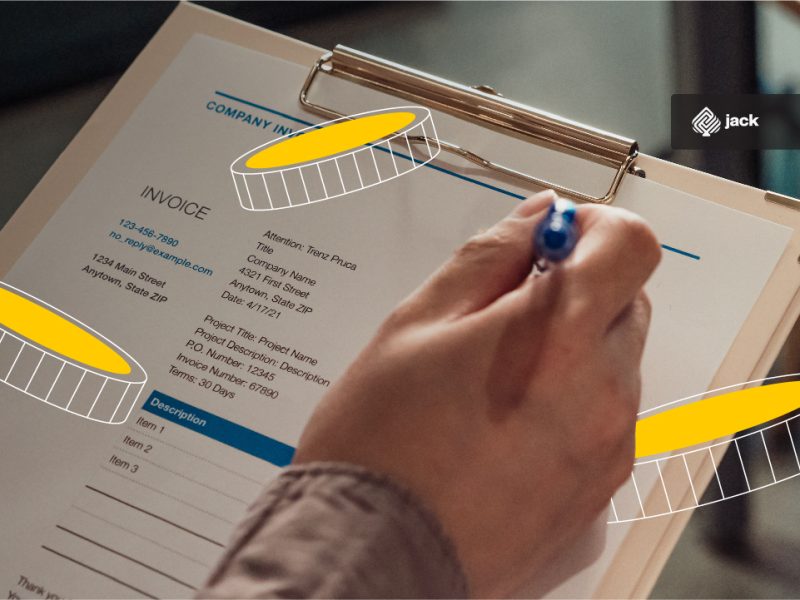When studying the field of accounting, you’ll frequently encounter terms related to receivables, including trade receivables, which are widely used in the business world, especially within companies.
Receivables themselves represent accounting transactions that revolve around collecting debts owed by consumers, who are the debtors.
Receivables are treated as accounting transactions extended to those who lend funds with an agreement for repayment within a specified timeframe.
Credit payments should ideally not exceed the predefined timeframe or due date to avoid requiring collection efforts by the company.
Objectives of Receivables Management

Managing receivables aims to prevent issues related to delinquent accounts, which could hinder the company’s cash flow if not addressed. In general, companies engage in various transaction activities, either through credit or cash methods, to support their sales activities.
When credit transactions occur, they lead to accounts receivable, involving ongoing activities until the agreed-upon time frame ends. However, effective management is crucial to ensure compliance with established regulations.
Tips for Implementing Receivables Management in Companies

Typically, companies have various types of debt or receivables associated with specific product production. Implementing receivables management with accounting software can significantly alleviate the company’s financial burden over time.
Prioritizing financial systems within the company is essential, especially regarding managing trade receivables and business receivables. Here are some tips to enhance trade receivables management for a company:
1. Establish Credit Terms
For companies, it’s important to define credit terms for customers who apply for credit, which is often outlined in the company’s Standard Operating Procedures (SOP). Several aspects need to be set by the company, such as installment amount, interest rates, credit period, and tenor.
Considerable factors must be evaluated when determining credit terms, including credit period, the economic nature of the product, assessment of potential clients’ conditions, and more.
2. Implementing the 5C Credit Standard System
Applying the credit standard aims to ascertain the minimum creditworthiness possessed by credit applicants. Lenders must also consider potential delinquencies when extending credit to applicants.
The 5C basis, or the five C’s of Credit – capacity, capital, character, conditions, and collateral – can be employed. The description of the 5C credit standard system includes:
- Capacity involves assessing the applicant’s creditworthiness, often subjectively.
- Capital involves evaluating the potential borrower’s financial strength.
- Character assesses the applicant’s honesty and commitment to fulfilling obligations.
- Conditions evaluate potential changes in the applicant’s financial situation.
- Collateral assesses the assets provided as collateral for the credit.
3. Receivables Evaluation
Companies extending credit to applicants hope for smooth collection processes. Evaluating the collection process can be done by considering two methods: direct write-off and allowance for doubtful accounts.
The direct write-off method is typically used when the debt is recognized as uncollectible. Conversely, the allowance method is applied when it’s clear that no collection can be made.
4. Regular Company Collections
Routine collection efforts by the company are aimed at reclaiming funds lent to customers. This ensures that the company receives the lent funds back as credit.
Companies employ routine defense mechanisms, such as emails, calls, or other platforms, to remind customers of their credit obligations.
Regular collection aims to minimize the risk of delinquent accounts, as customers are encouraged to make credit installment payments before the due date agreed upon.
Functions of Conducting Trade Receivables Management

There are functions in conducting the management or administration of business receivables that can be undertaken by companies offering credit loans. In this regard, there are three components to consider in business receivables management functions:
- Organization: Typically leads to the formulation of new policies directly related to the procedures for the collection process, facilitating smooth and swift execution.
- Planning: Requires companies to create budget plans to aid in utilizing credit payments effectively.
- Deployment: Involves implementing policies or regulations to differentiate between collected and uncollected receivable components.
Use Jack for your business needs

Monitoring of the company that is mandatory to be conducted is directly related to receivables and aims to determine the effectiveness of management and administration that can be carried out on trade receivables.





